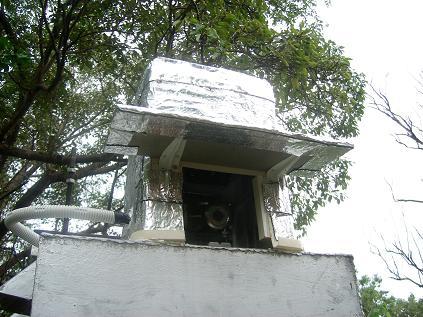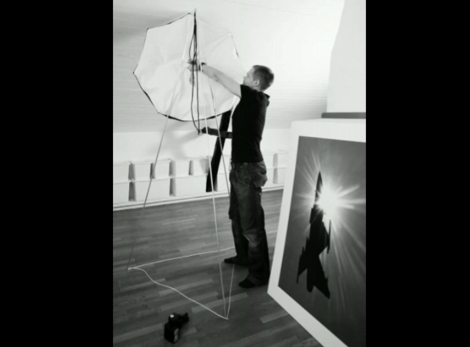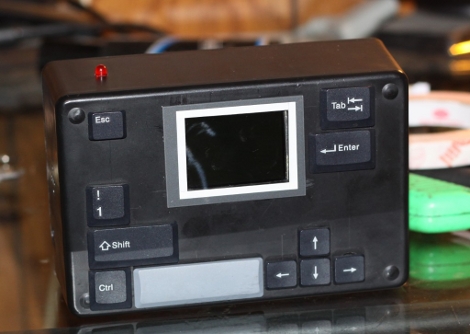
When the Department of Natural Resources of Australia decided that they needed to capture data about the natural flooding of a cave, they turned to a hacker to get results. The goal was to photograph the area during these floods with an automated system. In the end, they used a gutted Lumix digital camera mounted in a trash can, covered in aluminium foil. Though it sounds a bit silly, the final product turned out quite nice. You can see the build log, schematics, and results on the project page.
[via hackedgadgets]















